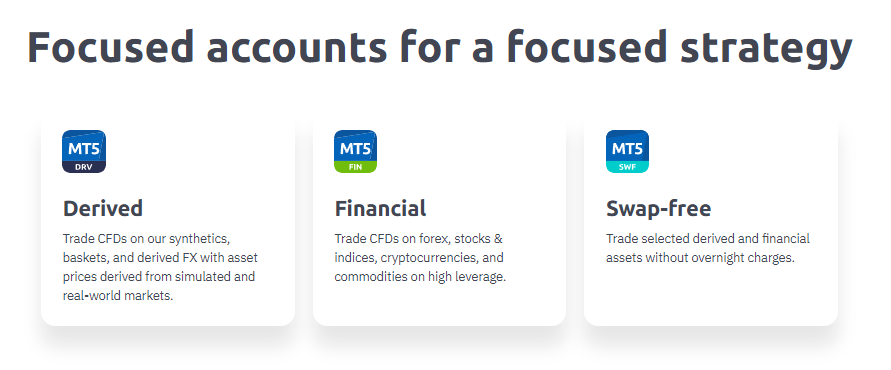Indicator of global instability. Scripts.
⇒ Warning. Any strategy does not guarantee profit on every trade. Strategy is an algorithm of actions. Any algorithm is a systematic work. Success in trading is to adhere to systematic work.
Gold as an Indicator of Global Instability: A New Historic High and Future Prospects
📌 Introduction
📈 Gold has reached a new record high of $2,877 per ounce, reinforcing its status as the ultimate safe-haven asset amid growing economic and political instability. Over the past months, global financial markets have faced trade wars, a weakening dollar, shifts in Federal Reserve (Fed) policy, and surging demand for physical gold.
But what exactly is driving this growth? How does gold compare to other assets? What macroeconomic factors determine its price? In this article, we provide a comprehensive analysis, examine future prospects, and explore possible alternative market scenarios.
🚀 Why Is Gold Rising? Key Drivers of Growth
📌 Trade Wars and Macroeconomic Instability
⚠️ Escalating trade tensions between the U.S. and China have created uncertainty in global markets.
🔹 Rising tariffs contribute to inflationary pressures by increasing production and logistics costs.
🔹 Major investors are shifting capital into safe-haven assets, including gold, to avoid stock market volatility.
🔹 Global trade instability raises recession risks, traditionally boosting gold demand.
📌 A Weaker Dollar and Its Impact on Gold
📉 A declining U.S. dollar is a key factor behind gold’s price surge.
🔹 The Bloomberg Dollar Spot Index has fallen 0.3%, making gold cheaper for foreign investors.
🔹 U.S. labor market data indicates a slowdown, reinforcing expectations of a Fed policy shift.
🔹 A weaker dollar increases gold demand, as investors seek to preserve their purchasing power.
📌 Central Banks and Their Role in Gold Demand
📊 Global central banks are aggressively increasing their gold reserves:
✅ China and Russia are reducing reliance on the dollar by accumulating gold reserves.
✅ Emerging markets (India, Turkey) are strengthening reserves to hedge currency risks.
✅ The Fed and ECB are incorporating gold into long-term monetary strategies to mitigate inflation.
💡 Fact: According to the World Gold Council, central banks purchased a record 1,136 tons of gold in 2023—the highest level in 50 years.
📊 Comparing Gold to Other Assets
📈 Stock Market Indices (S&P 500, NASDAQ)
💹 During crises, gold typically exhibits inverse correlation with stock indices.
📅 2008 Financial Crisis
🔹 S&P 500 fell -38.5%
🔹 Gold rose +4%
📅 2020 COVID-19 Crash
🔹 S&P 500 dropped -34% (in March)
🔹 Gold surged +25% over the year
🛢️ Oil and Commodities
✅ Gold is not dependent on industrial demand, unlike oil.
✅ Gold remains stable during inflationary periods, whereas oil prices fluctuate with economic demand.
₿ Bitcoin and Digital Assets
🔹 Bitcoin is often referred to as “digital gold”, but it remains highly volatile, whereas gold is a proven store of value.
🔹 During market crashes, Bitcoin can decline along with stocks, whereas gold typically appreciates.
📌 Conclusion: Gold remains the only asset that consistently rises in times of global uncertainty.
⚖️ The Political Factor: Trump, the Fed, and Global Risks
🗳️ Trump’s Economic Policies
✅ New tariffs on imports from China, Canada, and Mexico.
✅ Pressure on the Fed to cut interest rates.
✅ Stimulus programs in energy and infrastructure sectors.
🏦 Fed Policy and Its Impact on Gold
🔹 The Fed does not plan immediate rate cuts, but markets anticipate the first cut by June 2025.
🔹 High 10-year U.S. Treasury yields (5%) confirm a capital shift toward safe-haven assets.
📌 Conclusion: If the Fed lowers rates sooner than expected, gold could rally even further.
🔮 Forecasts and Alternative Scenarios
📈 Scenario 1: Gold Surges to $3,200+
✔️ Intensified trade wars
✔️ U.S. economic slowdown
✔️ Accelerated Fed rate cuts
📉 Scenario 2: Gold Corrects to $2,700
✔️ Fed delays rate cuts
✔️ Strengthening U.S. dollar
✔️ Reduced geopolitical tensions
⚖️ Scenario 3: Gold Stabilizes Between $2,800-$2,900
✔️ Stock markets stabilize
✔️ Fed gradually cuts rates
✔️ Gold remains an inflation hedge
📌 Conclusion: The Fed’s policy decisions will be the key driver. If the central bank eases its policy sooner, gold could easily break $3,000.
🏆 Conclusion
📌 Key Takeaways from This Article:
✔ Gold remains the strongest safe-haven asset during economic instability.
✔ The Fed, trade wars, and central bank policies are the main market drivers.
✔ Central banks are stockpiling gold, increasing physical demand.
✔ Lower interest rates could push gold prices above $3,000.
📌 Investor Recommendation:
If geopolitical instability escalates, gold is likely to continue reaching new all-time highs.
⏳ Financial markets evolve, but gold remains the ultimate capital preservation tool.
Keywords with Hashtags
#gold, #economy, #finance, #tradewar, #usd, #inflation, #investments, #preciousmetals, #FederalReserve, #markets
Meta Description
Gold hits new all-time highs! Why did the price surge to $2,877 per ounce? What’s driving the market, and what’s next? A detailed analysis and forecast for investors!
![]()




